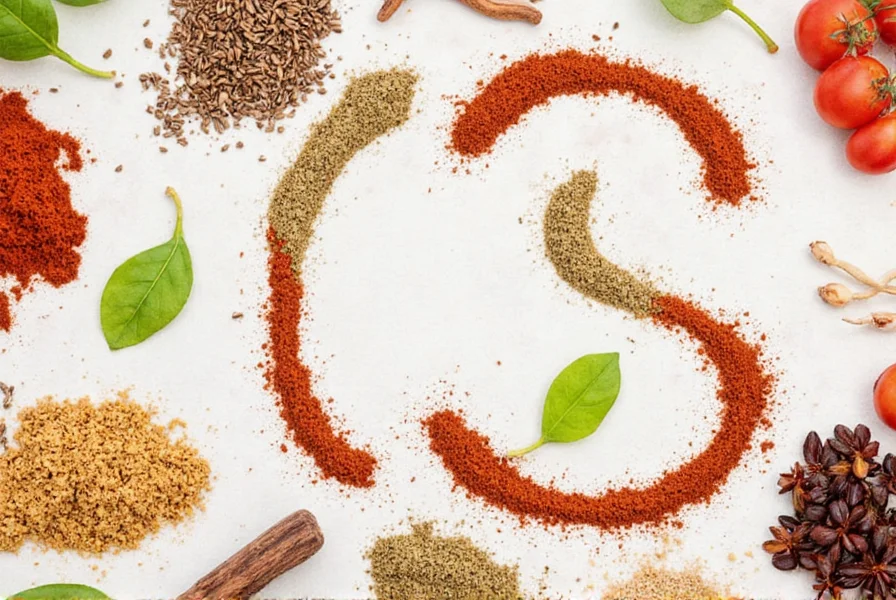
Chinese Five Spice (also known as Five Season Spice or Wu Xiang Fen) is a traditional Chinese spice blend combining five key ingredients to create a balanced flavor profile. This aromatic mix is essential in many Asian dishes and has gained global popularity for its versatility in both savory and sweet applications.
Table of Contents
- What Is Chinese Five Spice?
- Understanding the Flavors and Versatile Uses
- Pro Tips for Using Chinese Five Spice Like a Pro
- Buying Guide: Choosing the Best Five Spice Blend
- Recipe Inspiration with Chinese Five Spice
- Common Mistakes to Avoid When Cooking with Five Spice
- Health Benefits Hidden in Every Pinch
- Frequently Asked Questions
- Conclusion
What Is Chinese Five Spice?
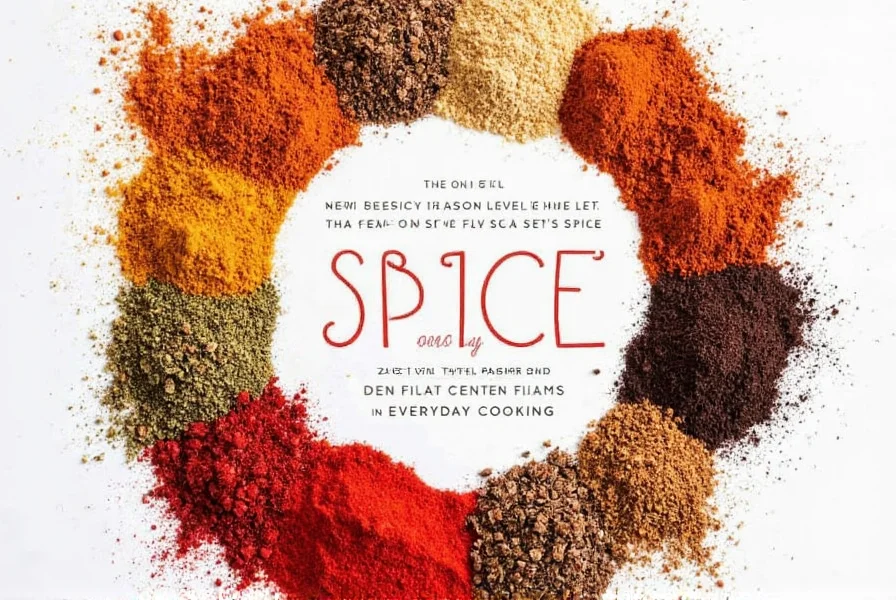
Chinese Five Spice, known as Wu Xiang Fen in Mandarin, is a foundational blend in Chinese cuisine that balances the five fundamental tastes: sweet, sour, bitter, salty, and umami. Despite its name, it doesn't refer to seasons but to these essential flavors. The classic blend typically includes:
| Ingredient | Flavor Profile | Role in the Blend |
|---|---|---|
| Star Anise | Sweet, licorice-like | Provides backbone sweetness |
| Cinnamon | Warm, woody | Adds depth and richness |
| Cloves | Strong, almost medicinal | Offers intensity and complexity |
| Sichuan Pepper | Tingly, citrusy heat | Introduces numbing sensation |
| Fennel Seed | Mildly sweet, similar to anise | Softens and balances other spices |
Understanding the Flavors and Versatile Uses
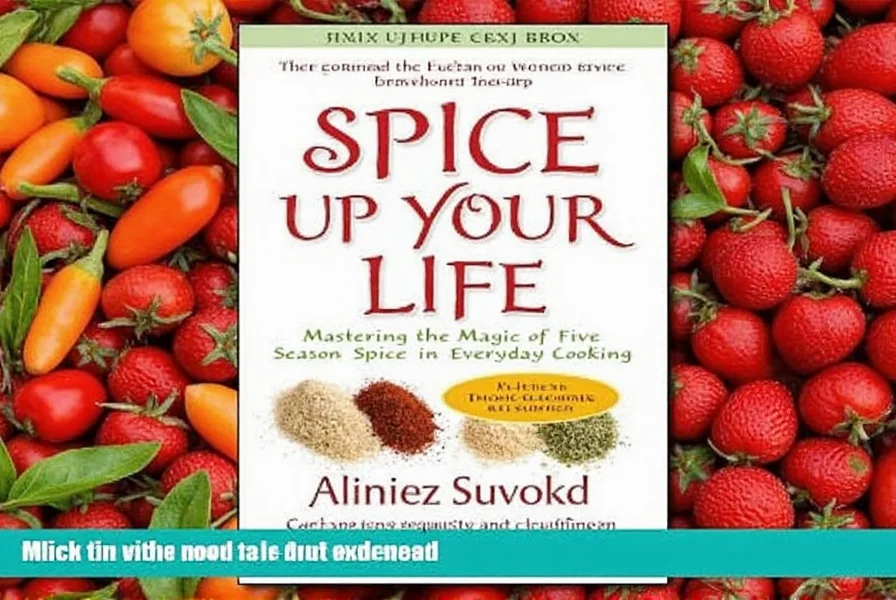
The beauty of Chinese Five Spice lies in how these ingredients harmonize together. It's not just about adding heat or fragrance — it's about creating a layered experience on your palate.
Here are some common ways you can use Chinese Five Spice:
- Meat Dishes: Rubbed onto duck, pork belly, or chicken before roasting.
- Stews & Braises: Added early in cooking to infuse slow-cooked dishes with aroma.
- Street Food: Sprinkled over grilled skewers or popcorn chicken.
- Baked Goods: Mixed into dough or batter for spiced cookies or cakes.
- Teas & Beverages: Brewed into herbal teas for a warm, comforting drink.
Pro Tips for Using Chinese Five Spice Like a Pro

Want to elevate your cooking game using Chinese Five Spice? Here are some practical tips from seasoned chefs and home cooks alike:
- Toast It First: Lightly toast the spice in a dry pan to awaken its aromatics before adding to your dish.
- Don't Overdo It: A little goes a long way. Start with half a teaspoon and adjust to taste.
- Grind for Smoothness: If you're mixing into sauces or pastes, grind the whole spices into a fine powder for even distribution.
- Use Whole in Slow-Cooked Dishes: For braises or soups, keep the spices whole and remove them before serving.
- Pair with Fatty Ingredients: The oils in meats and fats help carry and enhance the flavors of the spice blend.
Buying Guide: Choosing the Best Five Spice Blend
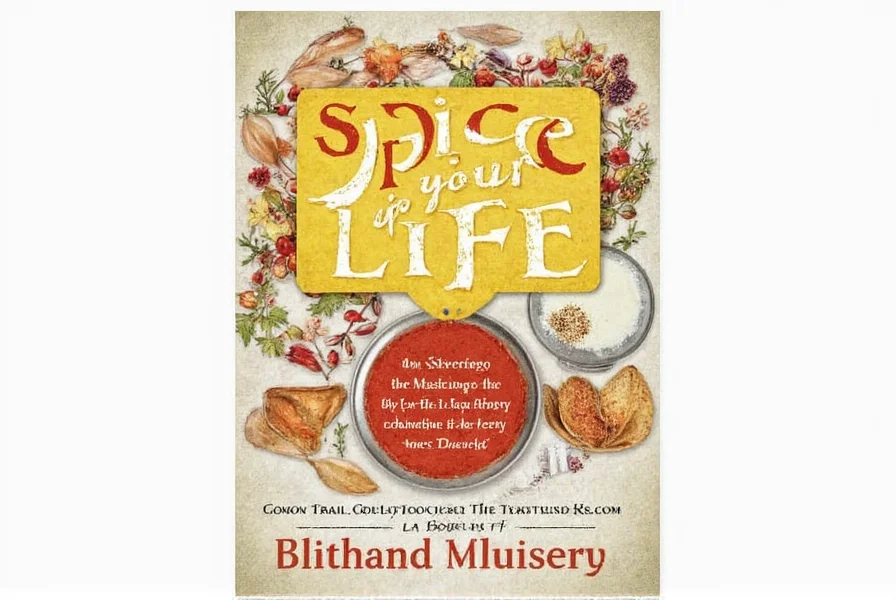
Not all Chinese Five Spice blends are created equal. Some blends may contain extra fillers, while others might be too mild or overpowering. Here's what to look for when shopping:
| Brand | Ingredients | Best For | Price Range |
|---|---|---|---|
| Lee Kum Kee | Star anise, cinnamon, cloves, Sichuan pepper, fennel seed | Traditional Chinese recipes | $$ |
| Penzey's Spices | Star anise, cassia bark, clove bud, fennel seed, sichuan peppercorns | Creative fusion dishes | $$$ |
| Spice Garden | Mixed with ginger and cardamom | Modern twists, global dishes | $ |
Top Picks
- Lee Kum Kee Classic Five Spice: Authentic blend ideal for traditional Chinese cooking. Perfect for red-cooked meats and dumpling fillings.
- Penzey's Chinese Five-Spice Powder: Slightly gourmet option with high-quality ingredients. Ideal for foodies and culinary experimentation.
- Spice Garden All-Natural Mix: Budget-friendly and great for beginners looking to experiment without breaking the bank.
Recipe Inspiration with Chinese Five Spice

Ready to get cooking? Try these delicious ideas that showcase the magic of Chinese Five Spice:
- Five Spice Chicken Wings: Toss wings in a mix of soy sauce, honey, garlic, and Chinese Five Spice before baking until crispy.
- Spiced Pork Stir Fry: Add a pinch during stir-frying for a fragrant kick to bell peppers, broccoli, and mushrooms.
- Red Cooked Eggs: Simmer peeled eggs in a mixture of soy sauce, tea leaves, and Chinese Five Spice for a savory snack.
- Five Spice Popcorn: Toss freshly popped kernels with melted butter and a sprinkle of the spice for a fun twist.
- Spiced Hot Chocolate: Add a pinch to hot chocolate along with cinnamon for a cozy, exotic flair.
Common Mistakes to Avoid When Cooking with Chinese Five Spice
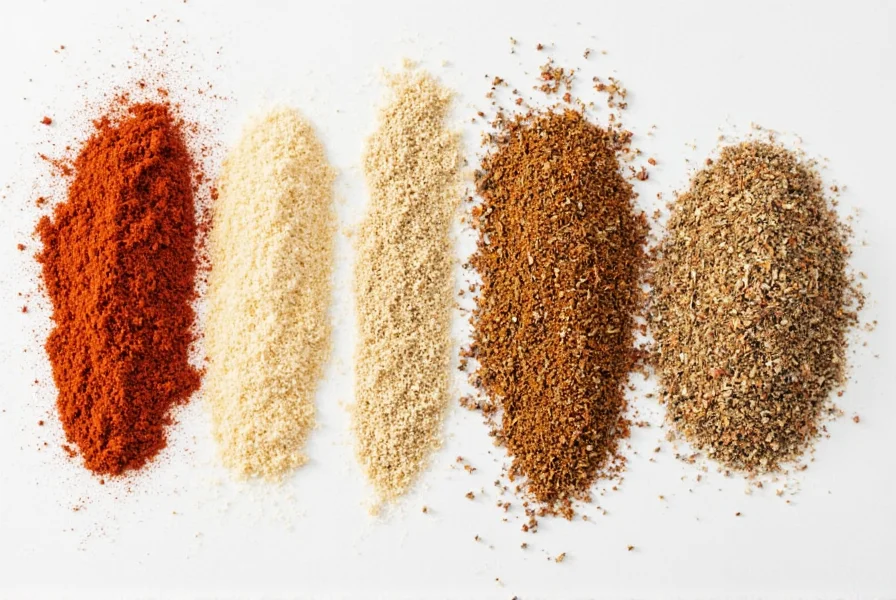
Even pros can slip up! Here are some frequent blunders to steer clear of:
- Using Too Much: The spices are potent; always start small and taste as you go.
- Adding at the Wrong Time: Don't toss it into a dish right before finishing — give it time to bloom and develop flavor.
- Mixing with Water Directly: Always combine it with oil or fat first to unlock its full potential.
- Ignoring Balance: If your dish feels flat after adding Chinese Five Spice, try adjusting salt, sugar, or acidity to bring everything into harmony.
- Not Storing Properly: Keep your spice blend in an airtight container away from light and moisture to preserve freshness.
Health Benefits Hidden in Every Pinch
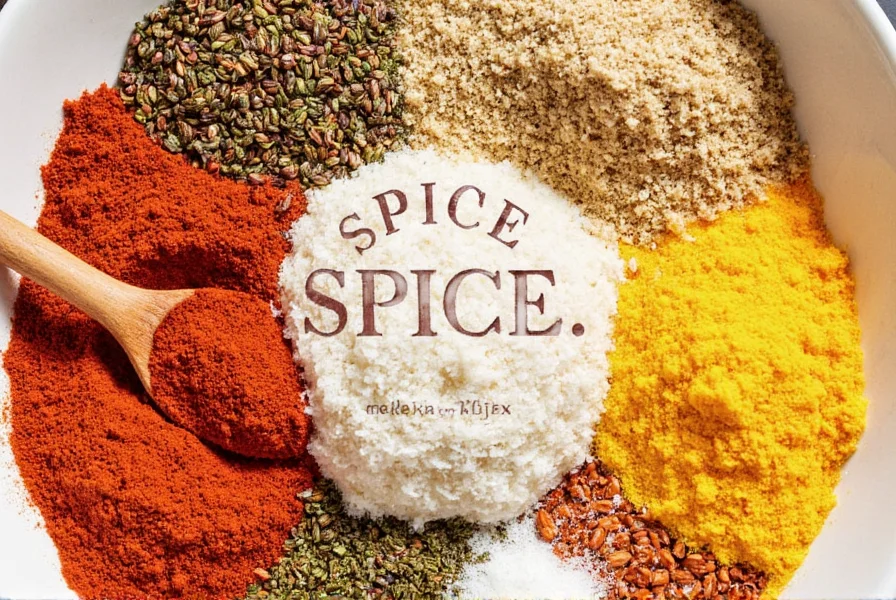
Beyond flavor, each component of Chinese Five Spice offers unique health benefits:
- Star Anise: Rich in antioxidants, supports immune function, and has antibacterial properties.
- Cinnamon: Helps regulate blood sugar levels and reduce inflammation.
- Cloves: Packed with eugenol, which has antiseptic and analgesic effects.
- Sichuan Pepper: May aid digestion and stimulate circulation.
- Fennel Seed: Known for digestive benefits and respiratory support.
When used in moderation, this spice blend isn't just tasty — it's also a powerhouse of wellness!
Frequently Asked Questions About Chinese Five Spice

What's the difference between five spice and five season spice?
Five spice and five season spice are actually the same blend — the name "five season" is a marketing term for the traditional Chinese "five spice" powder. Both refer to the classic combination of star anise, cinnamon, cloves, Sichuan pepper, and fennel seeds that balances the five fundamental tastes: sweet, sour, bitter, salty, and umami.
Can I make my own Chinese five spice blend at home?
Absolutely! Making your own blend ensures maximum freshness and lets you control the ratios. Combine 2 tablespoons star anise, 1½ tablespoons Sichuan peppercorns, 1 tablespoon cloves, 1 tablespoon fennel seeds, and 1 cinnamon stick. Toast them lightly in a dry pan until fragrant, then grind to a fine powder using a spice grinder or mortar and pestle. Store in an airtight container away from light.
How long does Chinese five spice last and how should I store it?
Properly stored in an airtight container away from heat, light, and moisture, Chinese five spice will retain its potency for 6-12 months. Whole spices last longer than pre-ground blends — if possible, buy whole spices and grind them as needed for maximum flavor. The blend has gone stale if it no longer has a strong, complex aroma when opened.
What can I use as a substitute for Chinese five spice?
If you don't have Chinese five spice, you can create a reasonable substitute by mixing equal parts cinnamon, star anise (or anise seeds), and cloves, with half parts Sichuan pepper and fennel seeds. For a quick alternative in a pinch, use allspice plus a pinch of cinnamon and clove. Keep in mind that substitutions won't capture the full complexity of the authentic blend.
Is Chinese five spice actually spicy or hot?
Despite containing Sichuan pepper, Chinese five spice isn't typically "hot" like chili peppers. Sichuan pepper creates a unique tingling or numbing sensation rather than heat. The overall blend is warm and aromatic rather than spicy-hot. If you're sensitive to the mouth-numbing effect of Sichuan pepper, you can reduce its proportion in homemade blends.
Which cuisines use Chinese five spice most commonly?
While originating in Chinese cuisine, Chinese five spice has found its way into many culinary traditions. It's most commonly used in Chinese dishes like red-cooked meats, roasted duck, and braised pork belly. However, modern chefs also incorporate it into Middle Eastern, Caribbean, and even Western dishes for its complex flavor profile. It works particularly well with fatty meats, root vegetables, and in sweet applications like spiced cakes.
Conclusion
Whether you're a curious beginner or a seasoned pro, Chinese Five Spice deserves a prime spot in your spice rack. Its rich history, versatile application, and deep flavor profile make it a must-have for anyone passionate about cooking. With a few simple tricks and the right mindset, you can transform everyday meals into something truly special.
So next time you're at the store or browsing online, pick up a quality bottle of Chinese Five Spice and start experimenting. Your kitchen will thank you — and so will your taste buds!

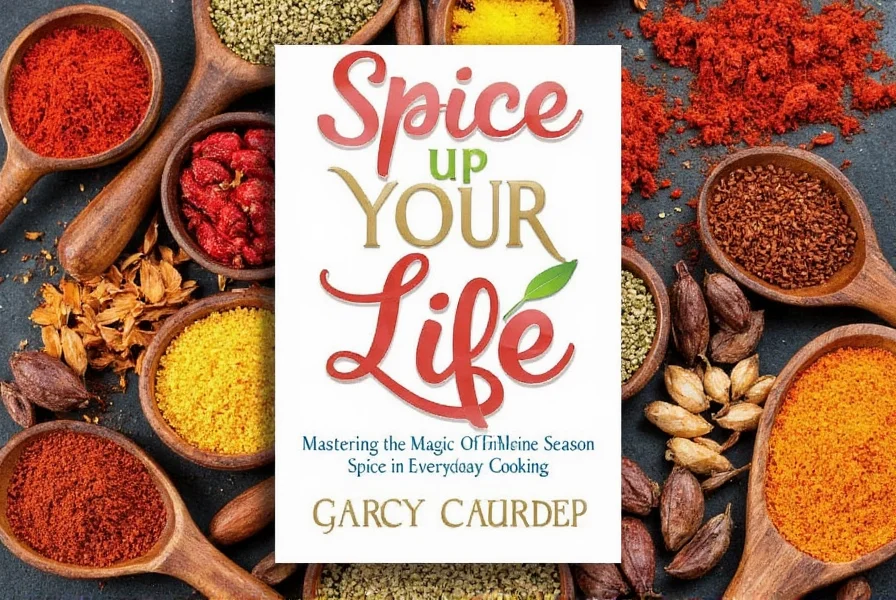









 浙公网安备
33010002000092号
浙公网安备
33010002000092号 浙B2-20120091-4
浙B2-20120091-4